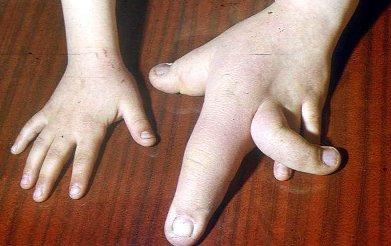Crashnburn
Pattern Altitude
And not the kind that eats fish. When I bought the car about 5 years ago, Tony, my mechanic said it would eventually need to be replaced. I’ve kept it under control with an additive that makes seals swell but it’s not working now. The car goes through a quart about every 100 miles.
He’s not anxious to replace it because it’s a lot of work to pull the engine. There are much better seals than the original rope seal, so replacing it should be one and done.
What I like about Tony is he’s not anxious to do a big ticket job. I’d say he does good work, he has a 3 week backlog. Also, except for one time, the Firebird runs better when I get it back than it did before the problem happened. And he fixed the problem that one time.
He’s not anxious to replace it because it’s a lot of work to pull the engine. There are much better seals than the original rope seal, so replacing it should be one and done.
What I like about Tony is he’s not anxious to do a big ticket job. I’d say he does good work, he has a 3 week backlog. Also, except for one time, the Firebird runs better when I get it back than it did before the problem happened. And he fixed the problem that one time.






